From the diaries by Erick
ACTION: With the Federal government saddled with trillion dollars in deficits and $16 trillion in debt bringing back earmarks would only compound Washington’s spending problem. We urge all organizations and individuals concerned about the size of the federal government to issue op-eds, alerts, blog posts, releases, and other communications warning about the implications of ending or modifying the earmark ban.
Earmarks should be permanently eliminated, not resurrected. Time is short, therefore please do not delay.
Congress needs to live by the Earmark Moratorium it put in place. Clearly, the practice of putting thousands of earmarks in spending bills, many for projects of a purely local nature, did not originate with the Founding Fathers—it is a recent phenomenon. Congress never extensively earmarked until the 1990s; it is neither necessary nor traditional to buy elections with pork.
“…federal money should be limited to great national works only, since if it were unlimited it would liable to abuse and might be productive of evil.”
–President James Monroe, 1822
“Earmarking” is not just the normal legislative process or Congress using its “power of the purse.” The term “earmark” does not attach to every Congressional funding decision. Earmarking is a phenomenon whereby legislators direct pork barrel spending to their districts outside of a statutory formula-driven or competitive award process for a federal program. The growth in earmarking has directly coincided with the growth in government.
A returning to earmarking would mean a return of outrageous taxpayer funded projects like: $2 million for the Vulcan Statue in Birmingham, $1 million for the Woodstock Museum in New York, $200,000 for the study of lobsters, $50,000 thousand for the National Mule and Packers Museum, and $500,000 for hops research.
ISSUE IN BRIEF:
In 1970, there were 12 earmarks in the defense spending bill. In 2010, there were 1,752 earmarks. The first federal aid-highway bill in 1916 had zero earmarks; the bill to create the Interstate Highway System in 1956 had two projects suggested by members of Congress. President Reagan vetoed a surface transportation bill in 1986 when it had 152 earmarks worth $1 billion, while the most recent highway authorization bill in 2005 had more than 6,300 earmarks worth $24.5 billion, including the infamous Bridge to Nowhere.
SOME EARMARK “CLASSICS” ARE UNFORGETABLE:
- $7.3 million for grasshopper research in North Dakota—FY1999
- $1 million for a DNA study of bears in Montana—FY2003
- $50,000 for a tattoo removal program in California—FY2002
An Earmark is an Earmark is an Earmark
House Rule XXI, clause 9 explicitly defines a congressional earmark to include: Limited tariff benefit- a provision modifying the Harmonized Tariff Schedule of the United States in a manner that benefits 10 or fewer entities.
Republicans maintained “limited” MTBs in the earmark definition because the process of requesting an MTB, the lobbyist involvement and potential for corruption, are similar. Alarmingly, the Ways and Means Committee is asking lawmakers to self-certify that their requests are not in violation of the very specific language of the moratorium. It is a nearly impossible task for small congressional offices, which must then rely on the assertions of the very lobbyists whose companies would benefit from the sought-after MTB.
Already, the Democratic Congressional Campaign Committee is hitting Republican freshmen, saying they have been “caught begging Republican leaders to bring back earmarks.”
Memo signed by the following conservative leaders
(All organizations listed for Identification purposes only):
Tom Schatz, President, Council for Citizens Against Government Waste
Erick Erickson, Editor, RedState.com
Edwin Meese III, former Attorney General
Chris Chocola, President, Club for Growth
Colin Hanna, President, Let Freedom Ring
Grover Norquist, President, Americans for Tax Reform
Lew Uhler, President, National Tax Limitation Committee
Tony Perkins, President, Family Research Council
Alfred Regnery, President, The Paul Revere Project
William Wilson, President, Americans for Limited Government
Heather Higgins, President, Independent Women’s Voice
Duane Parde, President, National Taxpayers Union
Brent Bozell, President, Media Research Center
Elaine Donnelly, President, Center for Military Readiness
David Williams, President, Taxpayers Protection Alliance
Gary Bauer, President, American Values
Seton Motley, President, Less Government
David Y. Denholm, President, Public Service Research Foundation
C. Preston Noell, President, Tradition, Family, Property
James Martin, Chairman, 60 Plus Association
Mathew D. Staver, Chairman, Liberty Counsel Action
Richard Viguerie, Chairman, ConservativeHQ.com
Michael Needham, Chief Executive Officer, Heritage Action for America
Bill Pascoe, Executive Vice President, Citizens for the Republic
Susan Carleson, Chairman & CEO, American Civil Rights Union
Dr. Herbert London, President Emeritus, Hudson Institute
James Miller III, former Reagan Budget Director

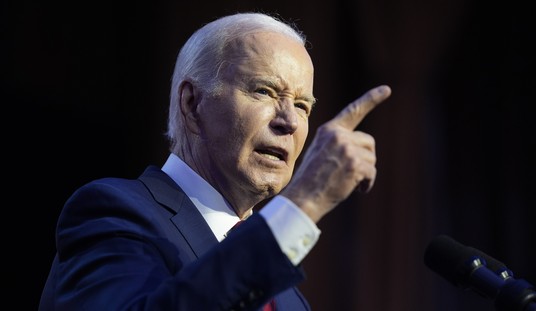




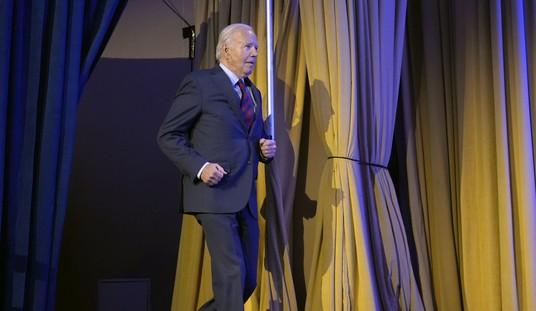
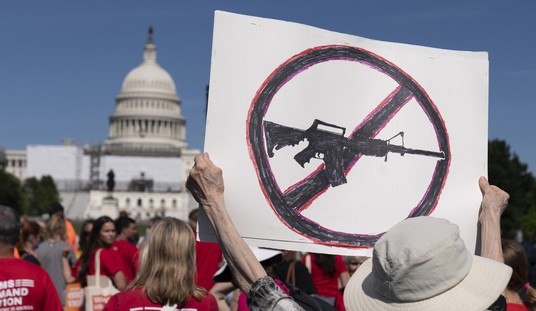
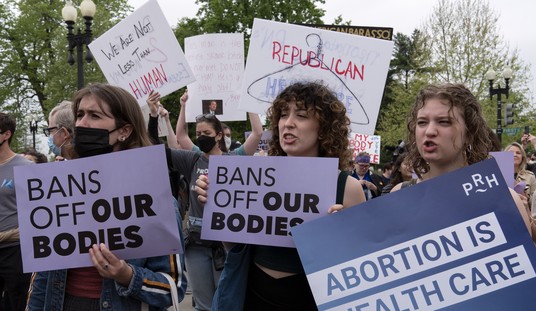
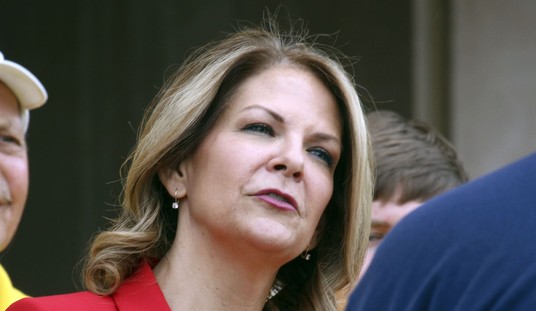




Join the conversation as a VIP Member